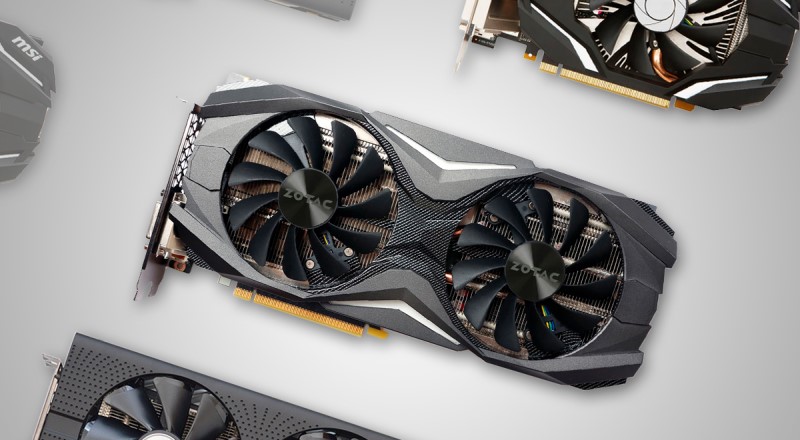
It’s a tale as old as time when building a gaming PC – should you choose AMD or NVIDIA for your GPU? They have been the two dominant names in the market for a long time, and for very good reason. Flame wars have long raged in this debate. Things have been heating up again with the latest line of GPUs from the manufacturers – NVIDIA’s GeForce RTX 30 series and AMD’s Radeon 6000 series.
We should count ourselves lucky to have two great options on the market. Ultimately, which is the right one for you is a subjective question. Both have their merits and everyone will certainly have their preference between the pair. We’re going to look at what makes each GPU great in their own right by comparing performance, pricing, and features. Then when the dust has settled, you should know whether you’re joining Team Red or Team Green.
Which GPU Offers Better Gaming Performance?
The first question when it comes to any GPU is often about performance. Hitting 1080p resolution is a minimum requirement. Getting all the way up to 4K needs some serious hardware support, especially at a decent framerate. These days though, both NVIDIA and AMD offer terrific options to help you reach these targets. The Radeon 6000 and the RTX 30 Series sit neck and neck for GPU performance benchmarks when it comes to running universally applicable settings and APIs.
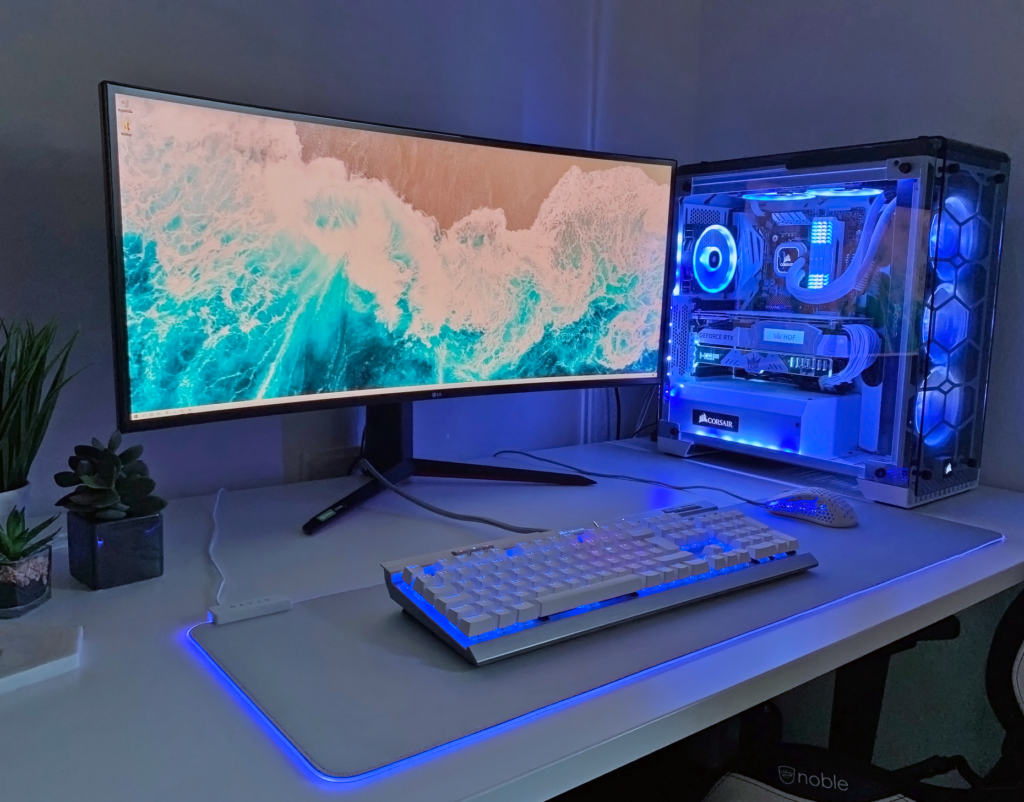
The other factor at play is the possibility of your gaming PC bottlenecking. You can go for a powerhouse GPU like the NVIDIA GeForce RTX 3090 Ti, but if you haven’t got a CPU that can keep pace then you’ll miss out on peak performance. The inverse is of course true as well. Synergy between the two components is vital, so pick with that in mind.
What Features and Software Does Each GPU Offer?
One of the biggest features GPUs offer for gaming is ray-tracing. NVIDIA stands as the market innovator, being the first to implement the technology. Thanks to that strong lead, the GeForce RTX 30 Series is the superior choice to deliver ray-tracing alongside heightened 1440p and 4k visuals. Ray-tracing is still an option with AMD. The Big Navi architecture that was recently debuted for the Radeon 6000 Series introduced the technology to their GPUs.

NVIDIA also has some exclusive software and features up its sleeve. Chief among them is Deep Learning Super Sampling (DLSS) which has only become better with the advent of Ampere architecture. AMD has recently started their own version of this called FiedlityFX Super Resolution. Both features automatically upscale games to a higher resolution. It does sound like a dream come true, but there is a catch. The game has to have support for the feature enabled during development to make use of it. That means if your games of choice don’t support it, it won’t factor into your GPU choice.
If you are interested in VR gaming, then you’ll be happy to hear both NVIDIA and AMD can support Variable Rate Shading (VRS). This technology helps to reduce the burden on your GPU so it can run more efficiently. NVIDIA was again the first to bring it to market, but AMD incorporated it with their prior RDNA 2 architecture line.
Last to consider is NVIDIA’s G-Sync and AMD’s Freesync, adaptive synchronisation technologies designed to eliminate screen tearing during games. This can happen when a GPU’s output is mismatched with your monitor’s refresh rate. G-Sync handles this job by locking the GPU’s frame rate upper limit, but yet again there is a catch. Monitors must have a G-Sync scaler module to make use of it. On the other hand, FreeSync works through Adaptive Sync built into the Display Port 1.2a specification, making it more readily available.

What’s the Difference in Pricing?
Money is not always an object, but your budget can be a big factor in your decision. After all, if you are upgrading your graphics card you might have more cash to splash than when building a gaming PC from the ground up. Looking at the two top of the line GPUs from both manufacturers, the Radeon RX 6900 XT and GeForce RTX 3090 Ti, we can see AMD costs less than NVIDIA on average. The former retail for around £1,199.99, while NVIDIA graphics cards tend to be closer to £1,999.99.
Why Choose a NVIDIA GeForce RTX 30 Series GPU
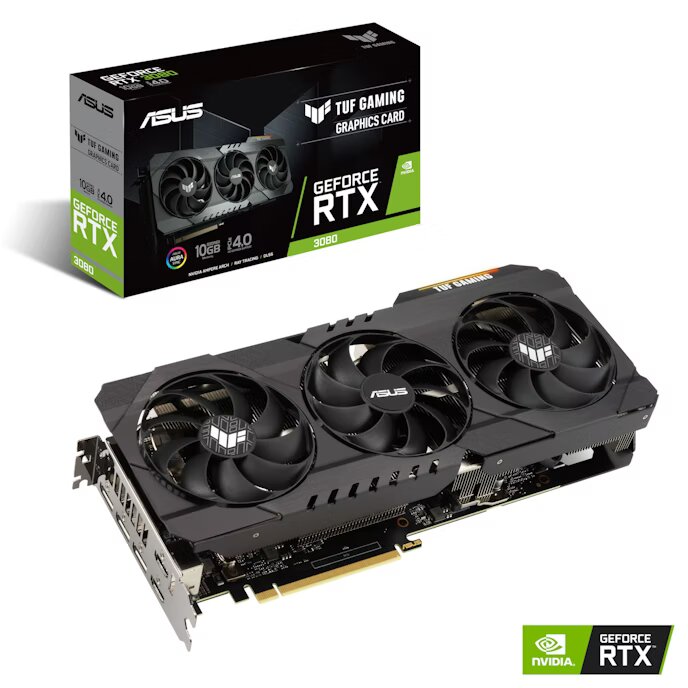
Asus GeForce RTX 3080 TUF Gaming Graphics Card available for £1,049.99
The NVIDIA GeForce RTX 30 Series unlocks access to extra performance-enhancing technology, like DLSS and G-Sync. Provided you are playing the games that work with DLSS it is well worth it. Likewise, if you are willing to invest in (or already have) a G-Sync compatible monitor, it’s a great option for hardware enthusiasts.
Why Choose an AMD Radeon 6000 Series GPU
The AMD Radeon 6000 Series offers a lot of great technology for gaming, thanks to AMD’s Big Navi architecture. Its lower price point will be more appealing to those PC building on a budget. Plus, features such as FreeSync are often more openly compatible. This will make it easier for you when choosing the hardware to get the most out of your GPU.
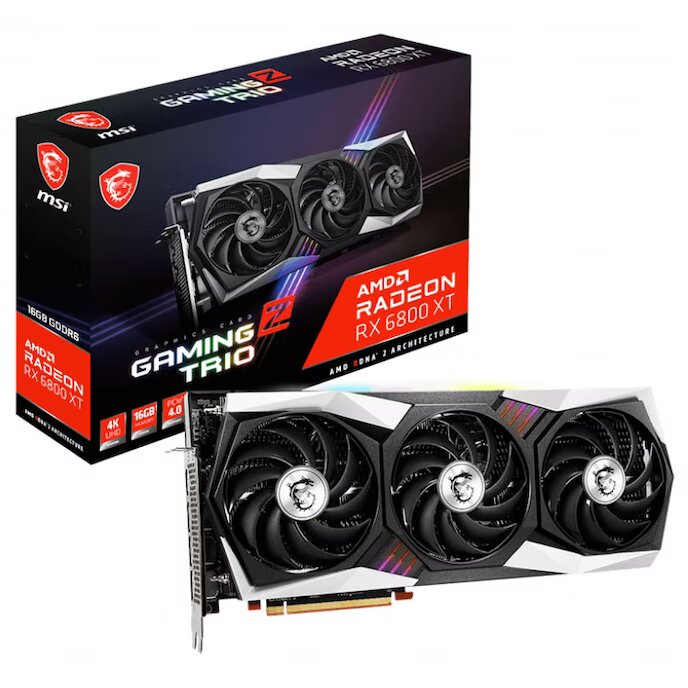
MSI Radeon RX 6800 XT Gaming Z Trio Graphics Card available for £859.99
What About Intel Arc GPUs?
Another option is on the horizon with Intel’s new Arc GPUs. We had a deep dive into these earlier this year. These are poised to compete with both NVIDIA’s GeForce RTX 3090 and AMD’s Radeon 6000 series. Although we can’t be sure how well they will stack up at the moment, the Arc 350M and Arc 370M GPUs are delivering 1080p gaming at 60 to 90 frames per second on laptops. An impressive feat for the least powerful parts of the lineup.
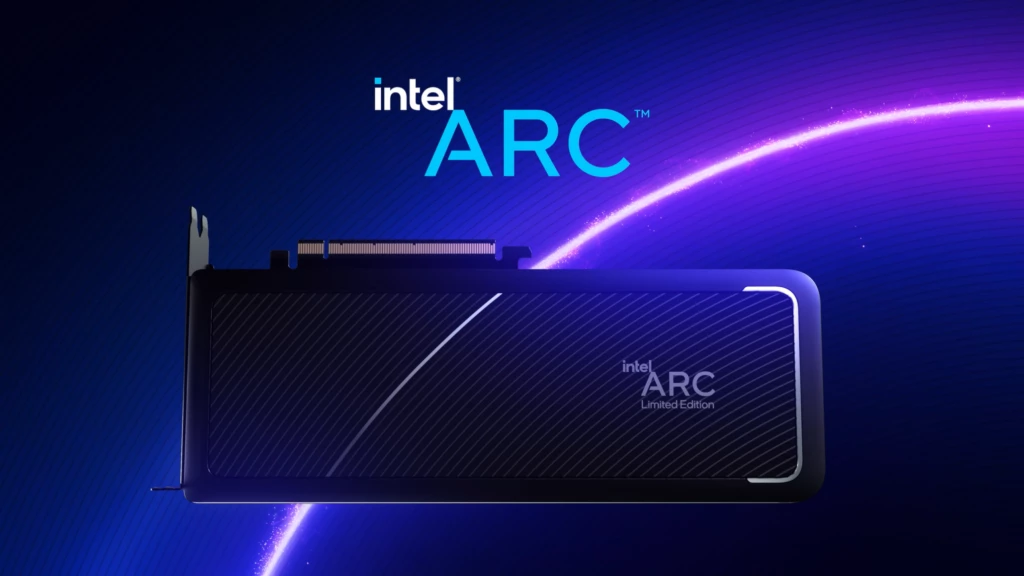
At present these GPUs are only being used in gaming laptops, but beefier desktop options are slated for a 2022 launch. These Arc 3 GPUs will be followed by Arc 5 and Arc 7, mirroring the i3, i5, and i7 branding Intel use for their CPUs. This should also serve as an easy way for consumers to gauge performance relative to their needs and potentially make it easier to match CPUs up to GPUs.
Find the GPU For You
So, are you Team Green or Team Red? Whichever side you end up on, we here at Overclockers UK have got you covered. We stock a wide range of both NVIDIA and AMD graphics cards for you to choose from.
Inno3D GeForce RTX 3070 Twin X2 Graphics Card

Available to buy for £559.99
MSI Radeon RX 6600 MECH 2X Graphics Card

Available to buy for £329.99
Asus GeForce RTX 3080 TUF OC Gaming Graphics Card

Available to buy for £1,289.99
Powercolor Radeon RX 6800 Fighter Graphics Card

Available to buy for £799.99
Asus GeForce RTX 3090 Ti TUF Gaming Graphics Card

Available to buy for £1,879.00
Sapphire Radeon RX 6900 XT Toxic Graphics Card

Available to buy for £1,259.99
LG UltraGear 27” G-Sync Compatible Gaming Monitor (27GP850-B)

Available to buy for £378.95
If you choose to join Team Green, then make sure to grab yourself a monitor that can unlock the power of G-Sync for your games. We recommend the LG UltraGear 27GP850 Gaming Monitor. This 27” QHD display utilises Nano IPS technology for breathtaking gaming performance with sharp visuals and vivid colours. Being fully NVIDIA-tested and officially validated, this monitor can make full use of G-Sync to deliver a smooth experience.
Asus Tuf Gaming 27” FreeSync Compatible Gaming Monitor (90LM0500-B01370)
If you choose AMD over NVIDIA, then why not choose the Asus Tuf Gaming VG27AQ Gaming Monitor as well? A 27” WQHD screen with an ultrafast 165Hz refresh rate, it’s perfect for immersive gameplay. Not only can you make use of FreeSync to reduce screen tearing, but also ASUS Extreme Low Blur Sync to enjoy even sharper, high-speed frames.
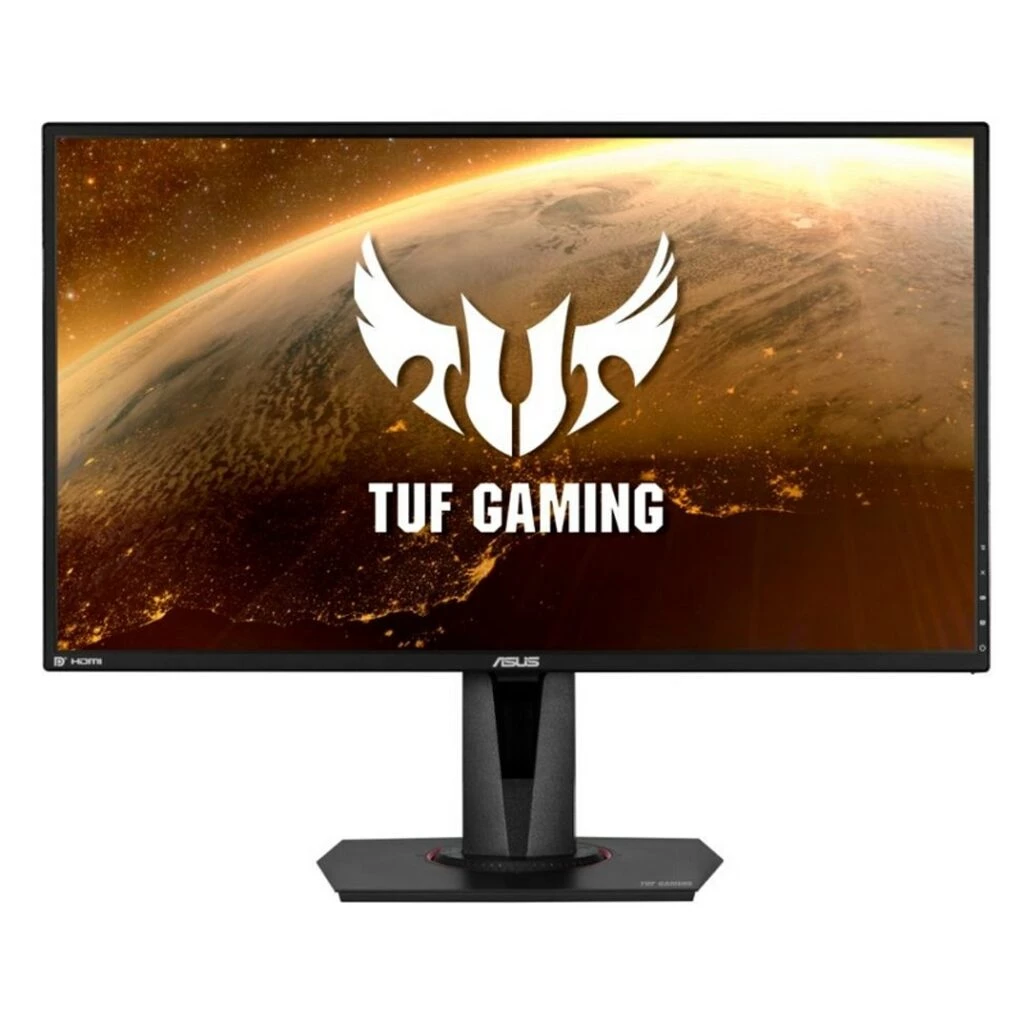
Available to buy for £448.99